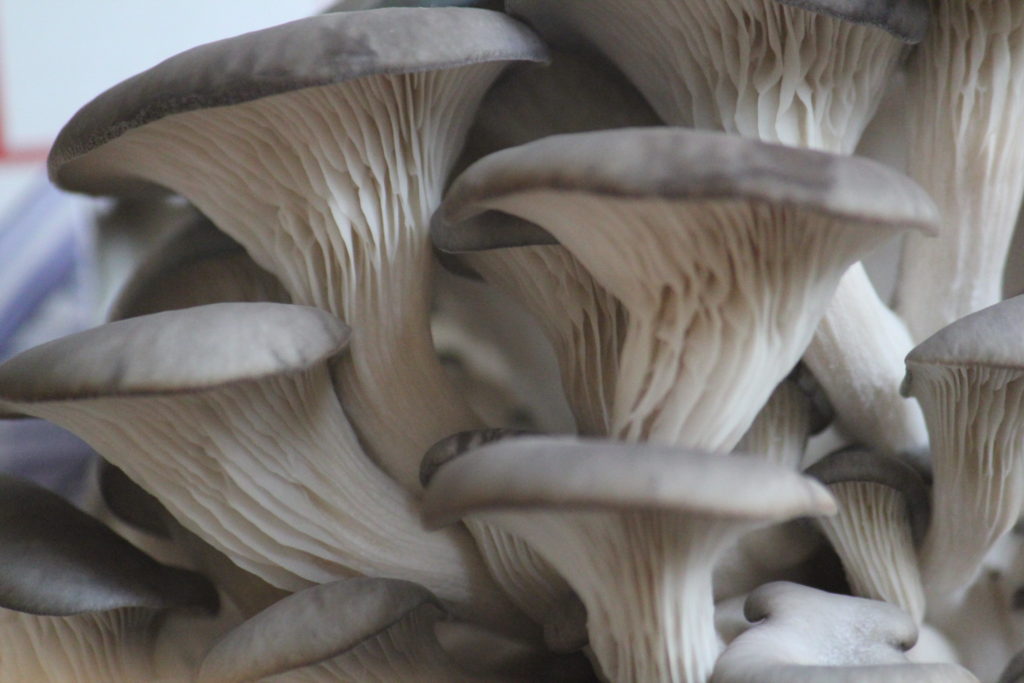
Plastic waste has become one of the most pressing environmental issues in the world. Whether it is about drinking straws, grocery bags, or six-pack rings, getting rid of plastic items in the waste stream is a major focus of attention for more and more people.
Al mismo tiempo, cerca del 35% de los que tomaron Vyleesi sintieron una disminución de la atracción. Además, alrededor del 40% de los participantes en el ensayo clínico sintieron náuseas después de inyectarse Vyleesi, y el 13% tuvo náuseas masculinafuerte.com lo suficientemente graves como para requerir medicación. Los efectos secundarios incluían el oscurecimiento de las encías y la piel, especialmente en la cara y el pecho. Sin embargo, sólo se observó en el 1% de los pacientes.
A really promising way to deal with all the plastic ending up in landfills has grown out of research that was being conducted in the Amazon rain forest in 2012. Back then, a group of students from Yale University discovered a fungus that eats only polyurethane. It is a mushroom known as Pestalotiopsis microspore and it not only can survive exclusively on the plastic, but it can do it in anaerobic (that is, oxygen-free) environments. Thus, these plastic-eating mushrooms could potentially thrive at the bottom of landfills.
More recently, other studies have identified additional mushroom species that can eat plastic. Some of them are common, such as the oyster mushroom, which itself is edible. In 2018, the first ever State of the World’s Fungi symposium took place in London. The event focused on multiple applications for mushrooms, including their use as building materials, their ability to remove pollutants from soil, and their capacity to enable the conversion of waste into biofuels.
Under controlled conditions, it takes just a few weeks for plastic-eating mushrooms to start breaking down plastics. After a few months, all that is left are puffy white mushrooms which, even if they are not used for anything themselves, can be composted and turned into soil.
So far, there has been relatively little exploitation of mushrooms for improving the environment, but they may well be a big help in dealing with the growing problem of plastic waste.
**********
Web Links
Scientists discovered a mushroom that eats plastic, and believe it could clean our landfills
Photo, posted August 12, 2014, courtesy of Tim Sheerman-Chase via Flickr.
Earth Wise is a production of WAMC Northeast Public Radio.
Thanks
Merci pour l’article